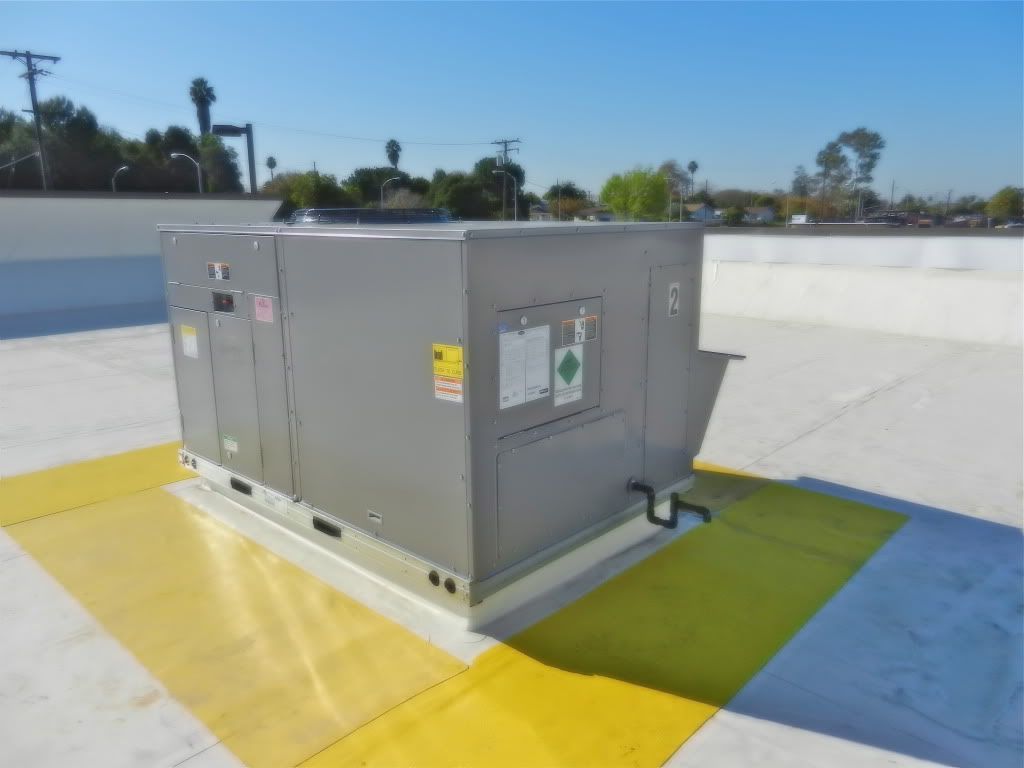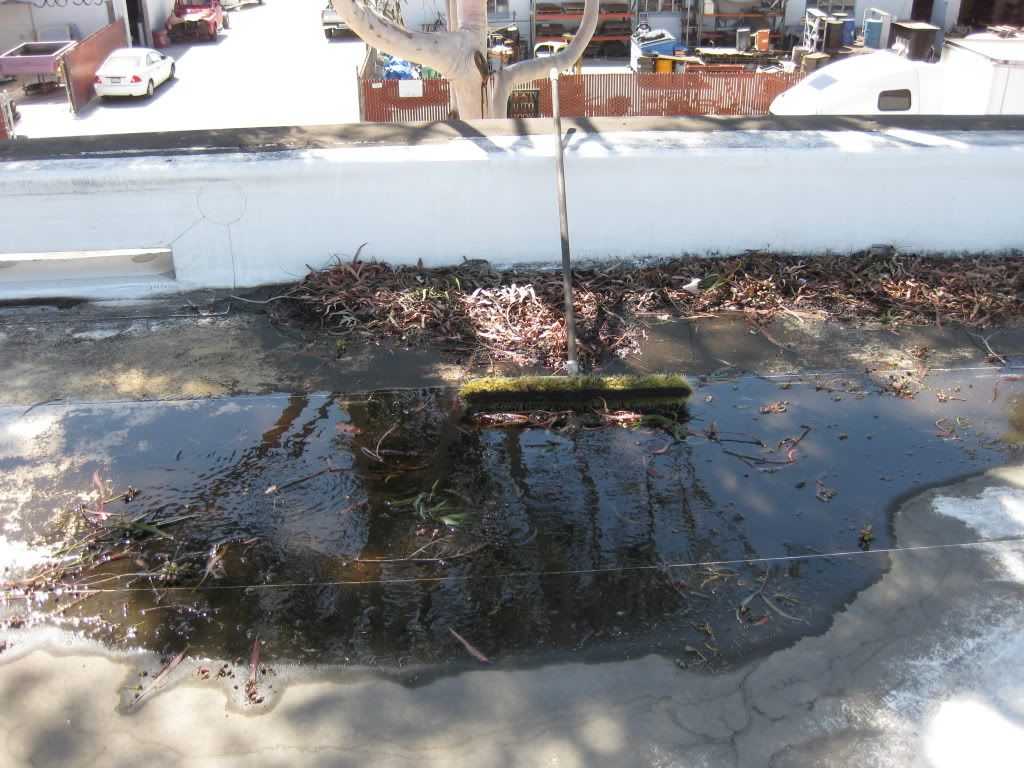From the NEC210.63 Heating, Air-Conditioning, and Refrigeration Equipment Outlet
A 125-volt, single-phase, 15- or 20-ampere-rated receptacle outlet shall be installed at an accessible location for the servicing of heating, air-conditioning, and refrigeration equipment. The receptacle shall be located on the same level and with 7.5m (25 ft) of the heating, air-conditioning, and refrigeration equipment. The receptacle outlet shall not be connected to the load side of the equipment disconnecting means.
There are a few important points to mention here. First off, a hvac equipment outlet is required no matter where an hvac unit is located. This means that whether the unit is mounted on the floor, in a closet, in a ceiling, is exterior pad mounted or roof mounted, this code is required.
The next thing of importance is that when a service receptacle occurs in an exterior location, it must be GFCI protected per 210.8(B) and have a weatherproof enclosure per 406.9



